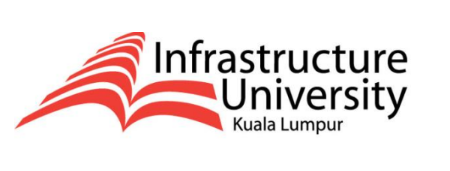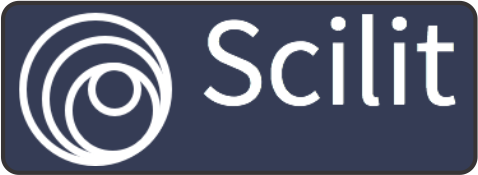A Sentiment Analysis: History of Islamic Economic Thought
DOI:
https://doi.org/10.21154/joie.v2i2.5082Keywords:
history, Islamic economics, sentiment analysisAbstract
This study reviews the history of Islamic economic thought research in Islamic economics and finance. It uses descriptive statistical analysis based on selected 125 article publications. The entire sample publications have been published from 1984 to 2022. This study analyzes the number of publications based on journal and year, the top authors, the top-cited paper, and the sentiment analysis. The results show that the research of the history of Islamic economic thought throughout the world has a high-positive sentiment of 1%, a positive sentiment of 27%, a negative sentiment of 33%, a high-negative sentiment of 1%, and the rest have a neutral sentiment of 38%. Also, the number of sentiments for these studies has increased in the world community; the most significant number of high-positive sentiments occurred in 2021, with one publication sentiment. Then the most significant number of positive sentiments occurred in 2019, with as many as seven published article sentiments. The most significant number of neutral sentiments occurred in 2018, the same as positive sentiments, seven published article sentiments, and the most significant number of negative sentiments occurred in 2020, six published article sentiments.
Penelitian ini mencoba mengkaji sejarah penelitian pemikiran ekonomi Islam di bidang ekonomi dan keuangan Islam. Ini menggunakan analisis statistik deskriptif berdasarkan 125 publikasi artikel yang dipilih. Seluruh sampel publikasi telah diterbitkan dari tahun 1984 hingga 2022. Studi ini menganalisis jumlah publikasi berdasarkan jurnal dan tahun, penulis teratas, makalah yang dikutip teratas, dan analisis sentimen. Hasil penelitian menunjukkan bahwa penelitian sejarah pemikiran ekonomi Islam di seluruh dunia memiliki sentimen positif tinggi 1%, sentimen positif 27%, sentimen negatif 33%, sentimen negatif tinggi 1%, dan selebihnya. memiliki sentimen netral sebesar 38%. Selain itu, jumlah sentimen untuk studi ini telah meningkat di masyarakat dunia, jumlah sentimen positif tinggi terbesar terjadi pada tahun 2021 dengan satu sentimen artikel publikasi. Kemudian jumlah sentimen positif terbesar terjadi pada tahun 2019, yaitu sebanyak tujuh artikel sentimen yang dipublikasikan. Jumlah sentimen netral terbesar terjadi pada tahun 2018, sama dengan sentimen positif yaitu sebanyak tujuh sentimen artikel yang dipublikasikan, dan jumlah sentimen negatif terbesar terjadi pada tahun 2020 yaitu sebanyak enam sentimen artikel yang dipublikasikan.
References
Ahmed, H. (2002). Theoritical Foundation of Islamic Economic.
Fitriyah, W. (2019). Pembangunan Ekonomi Islami Menurut Fahim Khan Dan Umer Chapra: Sebuah Kajian Komparatif. JES (Jurnal Ekonomi Syariah), 4(1), 77”“89. https://doi.org/10.30736/jesa.v4i1.59
Hefner, R. W. (2006). Islamic economics and global capitalism. Society, 44(1), 16”“22. https://doi.org/10.1007/BF02690463
Inayati, A. A. (2013). Pemikiran Ekonomi M. Umer Chapra. Jurnal EKONOMI ISLAM, 2(1), 1”“18.
Khairi, W. O. F. bin W. M. (2021). Prophecy, Piety, and Profits: A Conceptual and Comparative History of Islamic Economic Thought. 132”“136. https://journals.iium.edu.my/shajarah/index.php/shaj/article/view/1233.
Muhammad, F., & Ahmed, M. (2021). The Educational and Religious Contributions of The Educational and Religious Contribution. 1200(3), 159”“174.
Nagaoka, S. (2012). Critical overview of the history of Islamic economics: Formation, transformation, and new horizons. Asian and African area studies, 11(2), 114-136.
Saputra, T. A. (2021). Islamic economic thoughts according to Ibn Khaldun , Al-Maqrizi , and Al- Syatibi. 3(1), 89”“100. https://doi.org/10.21580/jiemb.2021.3.1.7252


















